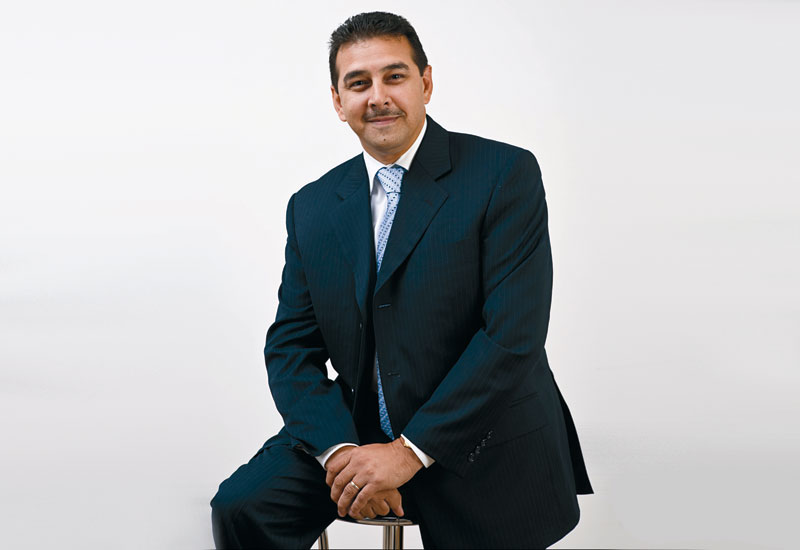Mövenpick IT guru Roger MacFarlaine says that if guest recognition programmes use digital profiling, hotels can physically change the room for each customer the moment they check in
G2 might sound like an elite SWAT team, but I can assure you it is not quite that sinister. It stands for ‘Generation 2 technologies’ — a phrase I coined to address the introduction of new technologies, firmware and even greater levels of systems integration in a hotel.
Hoteliers claim to know their guests and provide them with the personal touch. But in reality, does it happen? Or is it, as I believe, based on past experiences, merely rhetoric and a worn-out record that has been played many times over?
When I started to think about G2, I was considering how to align various systems in the hotel to tune themselves to individual guest preferences, otherwise known as digital profiling. It’s all about personalisation as we move into the next decade. With G2, I wanted to change the physical attributes of a hotel and hotel room to suit the guest needs and preferences. How could this be done and what was involved?
In addition to our guest recognition programme and the preparing and customising of services and amenities for guests, I felt that there needed to be a more holistic approach to guest recognition. I wanted to try and take guest recognition to a higher level of personalisation where our hotel and hotel rooms can be physically changed to suit each guest.
For me it is clear — digital profiling involves integrating the following three components:
1. A hotel’s guest recognition programme and capturing of what a guest’s preferences are.
2. The convergence of all systems using VLANs (voice, data), building management systems (BMS) and in-room management systems
3. ‘Middleware’ like Nevotek, which manages communications between the property management system (PMS), BMS, lighting and HVAC control solution for IP environments that link all afore mentioned facilities to our converged network.

Advertisement
Enhanced guest recognition
Firstly, it is extremely important for hotels to develop a culture of guest recognition and provide repeat guests and VIPs a proactive approach to guest preferences before, during and after their stay. However, they should achieve this using a discreet yet proactive system of recognition without the use of either card identification or customer expectation incentives. The plan is to capture guest history data by listening to our customers, learning their tastes and preferences, and recording this information in our guest history databases in the property management system.
Secondly, our systems need to be cost effective, intuitive and think the way we do when providing personalisation and servicing of our guests. Using ‘middleware’ software and hardware we are looking at connecting lighting, curtain control, HVAC, voice, data, IPTV and digital content to the building management system. With this level of integration hotels and hotel rooms can be adapted to individual guest needs. In this way, we are not only maximising the technology infrastructure but we are reducing a hotel’s energy costs by controlling the air conditioning, the lighting and the resources.
Hotel designs of the future need to include such architecture and technology. As IT ambassadors, we need to advocate such technologies and we owe it to our internal and external customers to maximise costs of investment, help operational efficiencies and future-proof our hotels.
Welcome Back Mr Jones!
Let’s introduce digital profiling with our mystery guest, Mr Jones. We know that Mr Jones likes Australian red wine, fruit instead of chocolate, his room at 24ºC, curtains drawn with ambient lighting and music DVDs. Capturing his preferences and recording them into the hotel’s PMS database is the first important step. Upon check-in, the PMS allocates a room number simultaneously sending protocol to ‘middleware’ (Nevotek) which in turn sends a signal to the BMS, in-room management system and the interactive TV system to activate lighting, temperature and a customised TV menu with digital content that focuses on music. Minutes later, room service is at his door with a lovely bottle of red wine and a fruit assortment. So from the time it takes for Mr Jones to check in and go up to the room, an automated sequence of events has taken place to tune the room to his preferences.
In summary, IP-based solutions, coupled with intuitive technologies all working with a building and IT system, provides flexibility and customisation for a platform that generates efficiencies of services, cost reductions and meets the needs of all stakeholders — most importantly our guests.
Progressive and advanced, yes indeed, but all hotel groups need to start thinking about this or else we risk operating in a comfort zone with a ‘business as usual’ approach.










 Search our database of more than 2,700 industry companies
Search our database of more than 2,700 industry companies










May 12, 2010 , United Arab Emirates
Would you believe it, but this is a reality today. Iris software solutions provide a unique guest room system that offers all the things mentioned in Roger's article and much more. The platform ultilises the Apple iPad as a guest interface device. Using Apple unique touch screen capabilities and...